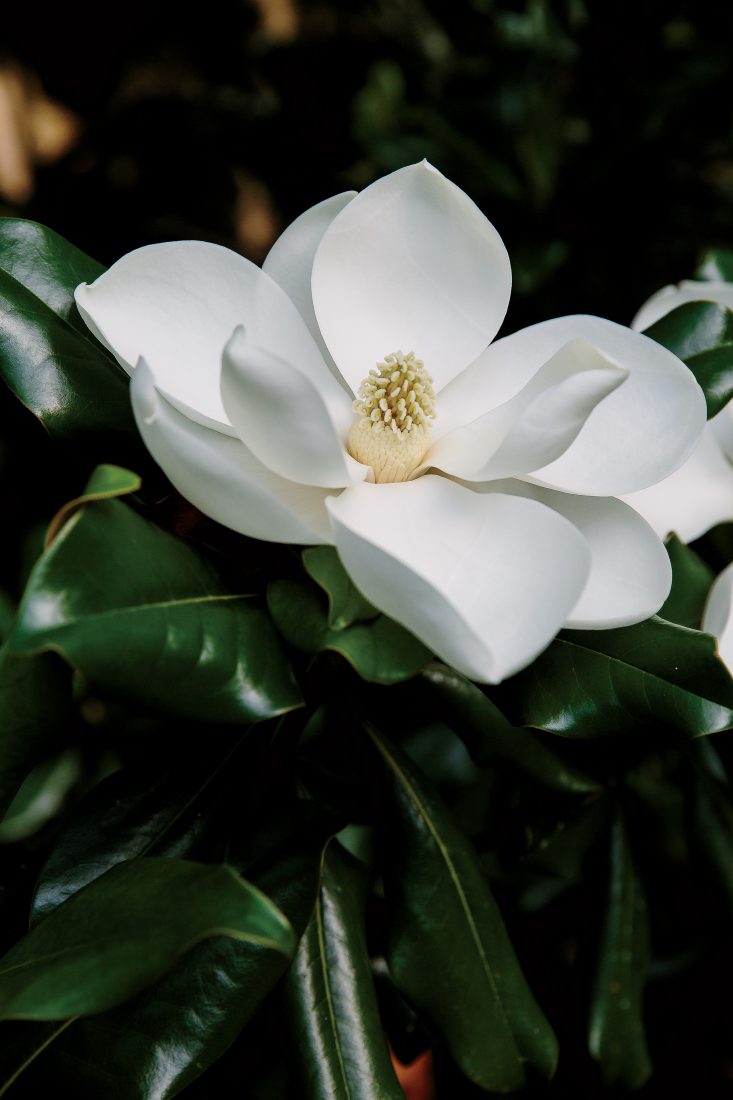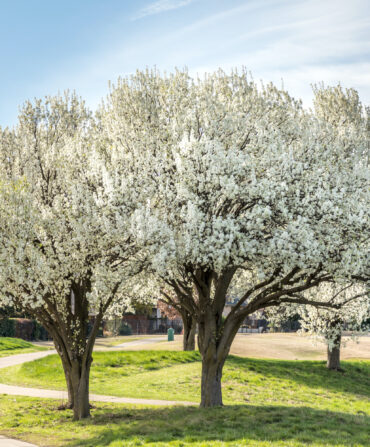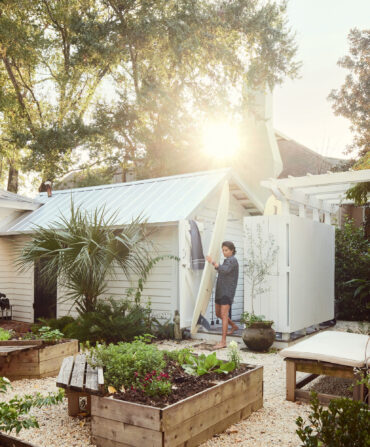I come from a family of gardeners. Generations who, by day, worked long shifts in the pottery factories of Appalachia and saw gardening as their connection to something more. A tether to the wax and glory of nature, evidence of a modicum of power in a life where they felt little, their gardens places of rigor and excess, church and brothel both.
Factories are the opposite of gardens. Enclosed, dank spaces where dust settles and stacks like pages in a book, and productivity is measured in neat, numerical ticks. It is no wonder that my grandparents, and their parents before them, all spent their few free hours outdoors, spade to ground, pushing seeds into the dark soil with their fingertips, hearts lightened by the promise of good things to come.
Gardening in West Virginia came easy. The earth there was so cool and rich that if a seed fell from your pocket it would more than likely take root. Such ease was no doubt another part of its appeal, as little else back then in Appalachia was as simple or rewarding.
My great-grandfather grew flowers, mostly. Sheaths of hollyhocks and lilacs flanked the fence line of his modest house. With them, sweet peas whose petals crinkled like dog ears, along with foxgloves and bulbs that forced one to wait for their reward. My great-grandfather was not by rule a patient man. But when it came to his garden, he made an exception. He believed true beauty could only be coaxed, not demanded.
Down the street, my Pappy believed the opposite. His garden took up the whole of his tiny back lot, which, along with a basic vegetable plot, featured a sea of sunflowers, simple, bright, and loud. Pappy wanted a riot of joy outside his window. As well as a flower he could cut and share with the women who strolled by his front stoop.
The gardens of both men suited their personalities, the temperament of each reflecting and enhancing the other. My Pappy was a sunflower—bold and direct and impossible not to smile at. My great-grandfather was a foxglove, slow to bloom, but breathtaking when he did. And so it was with the family members who followed—my grandfather’s shyness and warmth seen in his modest poppies and daisy patches, my mother’s fortitude echoed by her stately roses and hearty ferns that even the blackest shade could not deter.
Gardens do more than bring out our best natures. They reveal our secret dreams. They allow us to paint a picture of life as we wish it to look. They also humble us, reminding us that no matter how much we nurture and fuss and believe we’ve done everything right, things wither, things die. And it is not our fault.
I’ve never been to a therapist, but I’ve always had a garden, two facts I believe to be related. You can feel disappointed in a garden, angry even, but it is impossible to feel miserable there. Because even if slugs have had their way with your lilies, or squirrels have nibbled the skin of every cucumber, there is always hope to be found, especially in the South, where, as a homesick Nanci Griffith aptly sang, your “garden blooms all year.”
The summer I married my husband (amid our field of wildflowers), we took tomatoes we’d grown and bagged them in brown paper as party favors. We also handed out jars of strawberry and rhubarb jam made from our crops. Many of our wedding guests lived in New York City, and you’d have thought we’d given them bars of gold. In a way, we had. We’d gifted them with objects of our care and affection, the literal fruits of our labor. (Which is a lot like love, if love could be canned or stacked in a brown paper sack.)
Every garden is a marriage of sorts, between plant and planter, between intention and limitation. As a physical space, gardens bring people together, seduce them from their homes, inviting all to linger among what is wild, to soak in what is beautiful. Gardens remind you of possibility, even as they ground you in history. They make you feel wise as Confucius. They make you feel like a child.
At our previous house in Tennessee, we put in a cottage garden. Our whole family planted heirloom climbing roses, Limelight hydrangeas, clematis, peonies. The property was one of the oldest in the neighborhood, a Victorian with two porches and the formal bearing of a handsome old woman. I chose flowers that would soften her edges, vines that would leave her bejeweled. I trained the roses through the white pickets of the porches and up to the haint-blue ceiling. Beneath them, the other flowers flared and spread like twirled ball gowns.
The result was a swooning chaos, redolent and heady. I would sit with my daughters on the glider, laughing and talking, all three of us literally framed by splendor as the roses and vines roped behind our heads, fallen petals thick as carpet at our feet.
Not long after we moved, a neighbor called to tell me the new owner had ripped everything out. Gone were the roses, the peonies, the hydrangeas, the clematis. In their stead, evergreen shrubs. Tidy, pruned, short. The new owner had replaced chaos with order. She wanted something controlled, predictable, low-maintenance. Something without thorns.
I hung up the phone and walked out the door into my new garden, a young, struggling little patch I was attempting to grow in a long-neglected yard of mud. I wept for my vibrant garden that was no more, and also for this woman, who traded the ecstasy of folly for the comfort of restraint. Then I looked around, at the tips of hostas only just poking through, at the pile of beveled okra pods I’d saved for planting, at the Carolina jessamine already roping its spaghetti tendrils around the handrails, and I felt what my relatives had all those years before.








